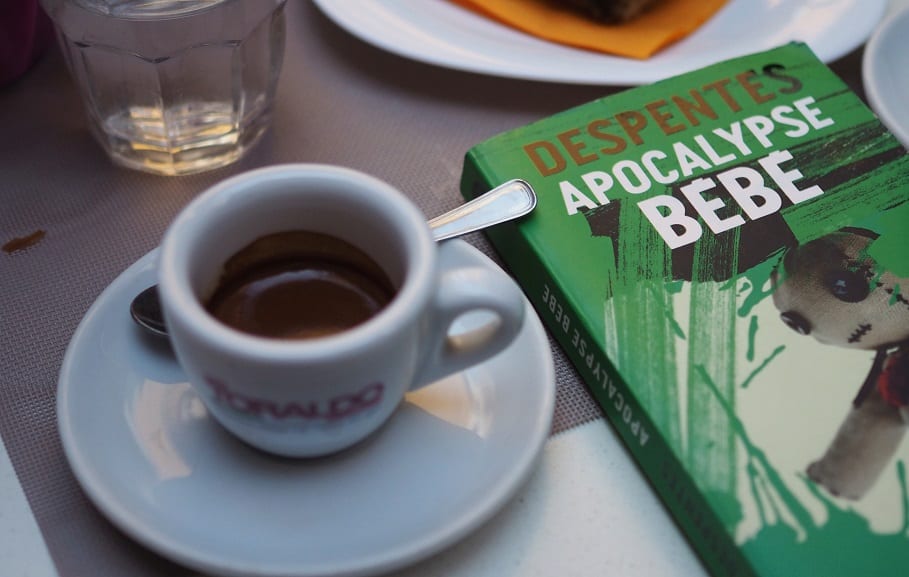With climate change shrinking habitat and introducing new pests and diseases, what will become of the coffee crop that gets us through the day?
With Q1 in full swing, it’s employee performance appraisal season for many workers across the land. For employees who want to turn the psychological tables and perhaps increase their compensation in the process, recent studies have shed light on subtle ways to influence supervisors before asking for that big raise. One way is with a gentle, not firm, handshake. Another was to let the boss have the comfy chair. Perhaps the tastiest was to move from a conference room to a coffeeshop. Holding a warm mug of coffee (or another favorite hot beverage) can level up the coziness, resulting in warm feelings not just for the latte, but also for you.
Unfortunately for employees and the sleep-deprived everywhere, the future of coffee is uncertain. Humans have loved coffee for centuries, as the drink spread from Ethiopia to Yemen and India, north to Italy, and then across the Atlantic, with fiercely held favorites spawning caffeinated cultural rivalries. Business mornings may start around the communal coffeepot, but within this ritual, the seeds of coffee’s own demise may have been sown. Around the world, coffee is endangered by climate change, as the industrial world, fueled by coffee as its machines are fueled by coal and oil, undermines its own favorite cuppa.
There are over 124 wild coffee species, but only two, Arabica and Robusta, are grown commercially. Robusta is the lesser of the two, serving as cheap bean filler for mass-market grocery store varieties. It has a flavor some describe as “burnt tires,” so little is lost by roasting the beans bitter and dark. Dark roast evens out the differences in batches of high yield but poor quality coffee, making a brew for the many, whether they drink at Dunkin’ or sip at Starbucks. Robusta matures quickly and can be grown on sunnier plantations, so it’s probably here to stay.
Arabica is a different story. As climate change closes in, there’s less land suitable for growing the more finicky (and tastier) Arabica beans, which prefer cooler and more ecologically diverse surroundings. It’s also more susceptible to pests and diseases like leaf rust, which destroyed about half the coffee acreage in Latin America in the early 2010s. The Arabica variety, which accounts for more than 60% of global coffee volume, is also stunningly fragile, genetically speaking. The entire crop lacks genetic diversity, having been derived from only a handful of seeds smuggled out of Yemen in the 17th century. It’s a disaster waiting to happen, and we’re the spark.

Happily, efforts are underway around the world to try mitigating the damage. Growers are moving to higher, cooler places. Breeding hubs, which serve to maintain genetic diversity and create new varieties that may withstand changing habitats, have been set up in Africa and Central America. Small-scale farmers in Jamaica, experiencing greater weather fluctuations, are trying to adapt by growing new varieties and changing practices (such as intercropping with bananas and adding mulch). Vietnam is sprouting a tiny craft coffee industry. Even some intrepid California farmers are adding coffee plants under the shade of their aging avocado trees. Unfortunately, it doesn’t always work out. Jamaicans unable to maintain their coffee crops in the face of spreading pests have given up and turned to crops like yams, which have lower maintenance needs and startup costs. And Peru’s growers, succumbing to spreading rust, have found a lucrative replacement: coca.
The world is changing. Coffee may not be vital for life, but many consumers (especially in the industrialized world) find it makes life worth living. Hopefully growers and scientists can adapt and overcome, keeping the caffeinated love flowing, and helping you get that raise this year.
Related: Can Beer Save the World?


Join the conversation!